Techno-Optimist #18
Starship flight #6, Evo lets decoding and design in biology leap forward, the nuclear renaissance continues, astronomers discover a cosmic compound lens, how long to ASI?...and a whole lot more.
Welcome to the eighteenth edition of Techno-Optimist, and a Happy Thanksgiving to everyone celebrating it this weekend! I hope you’re all having lots of time with friends and family, and eating some excellent turkey.
Alright, let’s dive in.
"If God wanted man to become a spacefaring species, He would have given man a moon."
–Krafft Ehricke (rocket scientist)
The idea of course being that the Moon helped motivate man to explore space, and will act as a springboard to expand human civilization into the rest of the Solar System.
Evo—decoding and design in biology leaps forward. A new AI model called Evo has been built, and it can decode and design “DNA, RNA, and protein sequences, from molecules to genome scale, with unparalleled accuracy.” Essentially it’s able to act as a Rosetta Stone for biology, able to “predict, generate, and engineer entire genomic sequences,” and looks to completely upend the way synthetic biology is currently done. The short version is that Evo is a universal decoder and designer for the language of life. As an example of what it could be used for, one could give it the genome of a bacteria being used for industrial purposes, and say “improve this.” You could specifically design bacteria as biofactories for drugs, materials, pulling elements out of wastewater (or seawater), etc. This could take engineering crops to a whole new level, I bet we can use this to 10x (or more) global food production. According to the team that built it, here’s the plan moving forward:
"Our next goal is to move beyond single cell life to understand the multicellular organisms that evolution has created over billions of years. Long-term, we’re working toward a new field of ‘genome design’ where we can create entire cellular pathways and potentially entire organisms….As we scale Evo to more complex datasets and broader scales, we're working to make that complexity programmable, allowing researchers to leverage these learned rules for biological design in a way that’s never been accessible before.”
So buckle up, things are about to go exponential in a hurry. (Arc Institute) (Science) (@IterIntellectus) (Samuel Hume)
Gene editing advances. There’s a ton of progress happening with gene editing right now. Lithuanian researchers have designed a new CRISPR system that merely pauses the activity of genes temporarily, instead of turning them off permanently. Instead of cutting the target DNA, it continually (for a period of time) acts on the DNA—essentially pausing its activity.
A lab over at Harvard Medical School has developed a gene therapy for people suffering from Usher syndrome type 1F, “a rare condition that causes deafness and progressive blindness.” In mouse models, the therapy restored hearing and “showed potential in retinal organoids and nonhuman primates for improving vision.” A new trial for Danon disease—a rare, X-linked heart condition—appears to improve cardiac outcomes over the long term. The disease is fatal, but with human patients the treatment seems to “arrest and reverse underlying genetic, molecular, and cellular causes of DD [Danon Disease].” All of the patients symptoms improved significantly over the two to four and a half years of follow-up, suggesting that this treatment could really improve the lives of those suffering from DD. (Live Science) (Medical Xpress) (Medical Xpress 2)
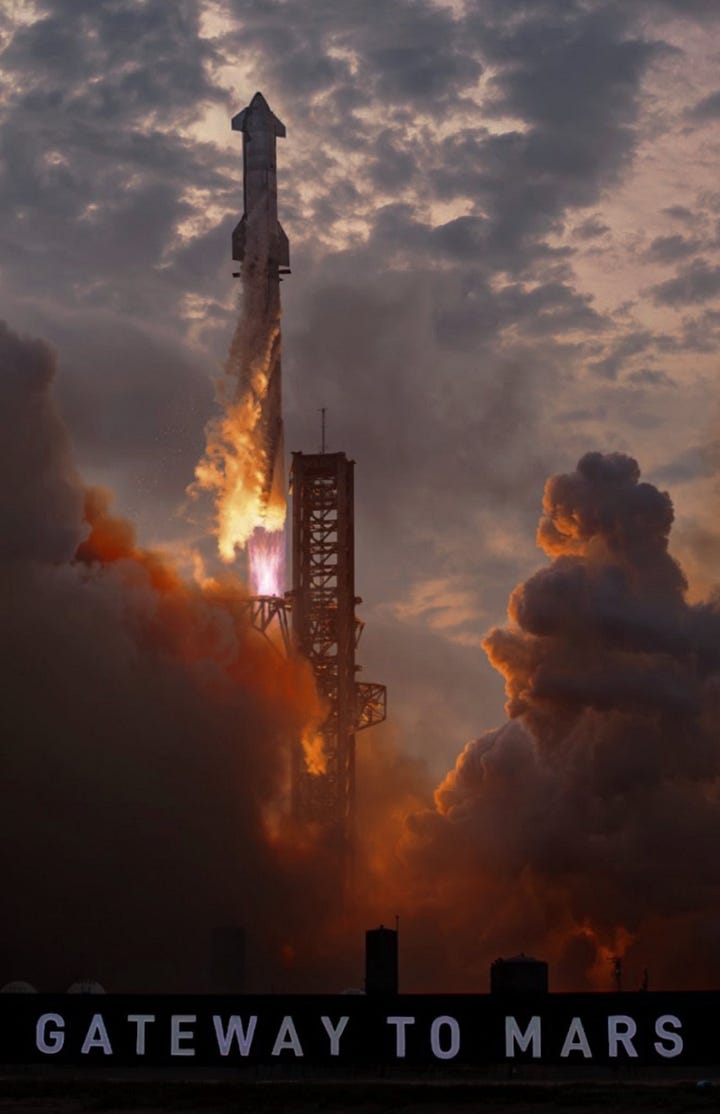
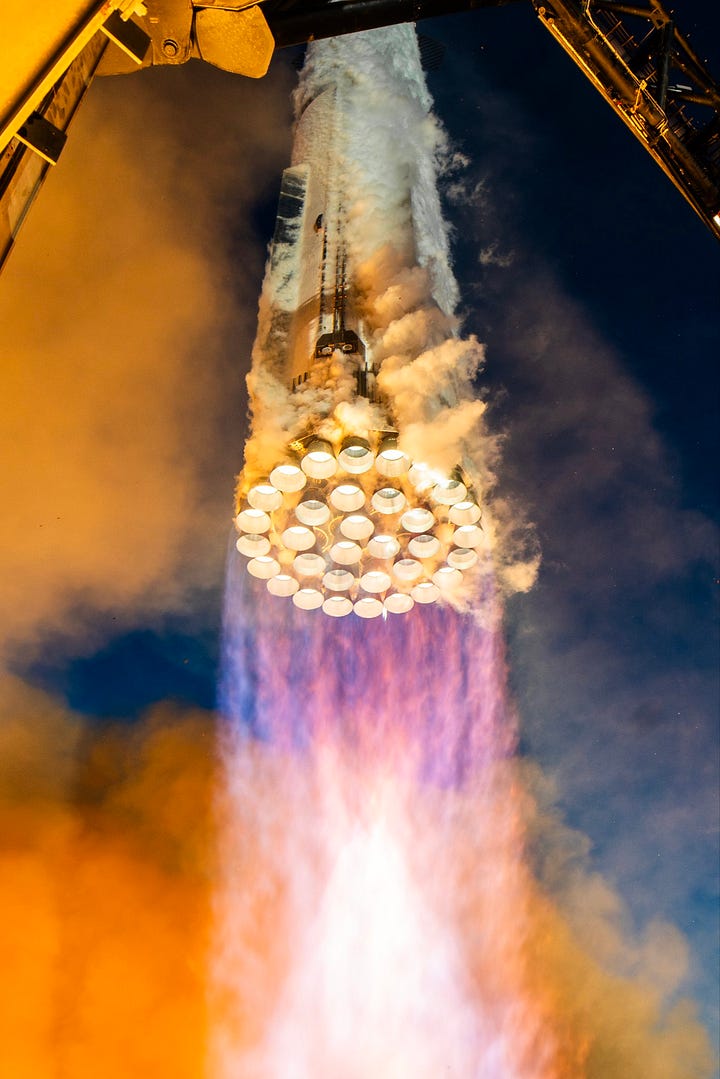
Starship Launch and updates. The 6th flight of Starship was a roaring success. It hit a number of milestones, including perhaps the most important of relighting an engine in space, which will be vital for all future endeavour, including more precise reentry into the atmosphere. Due to an last minute, unspecified anomaly, they did not attempt a booster catch, but did a perfectly controlled soft landing in the ocean—which was also the endpoint of the mission for Starship.
You can watch the whole flight here.
Starship falling (with style) through the clouds.
Spectacular view of Starship coming in for a soft water landing.
View of the launch from the ISS.
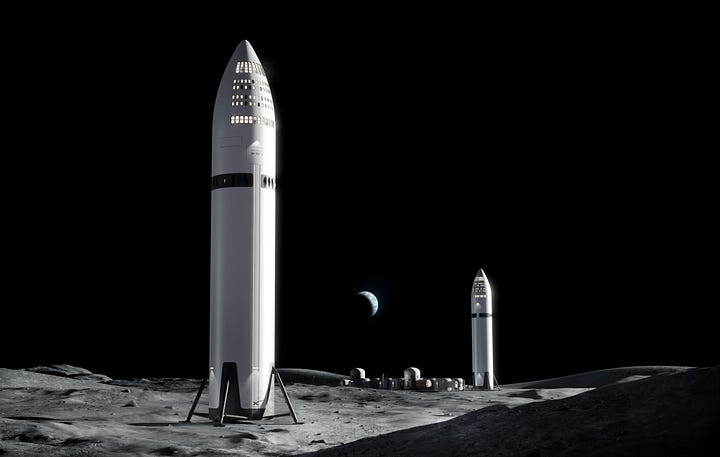
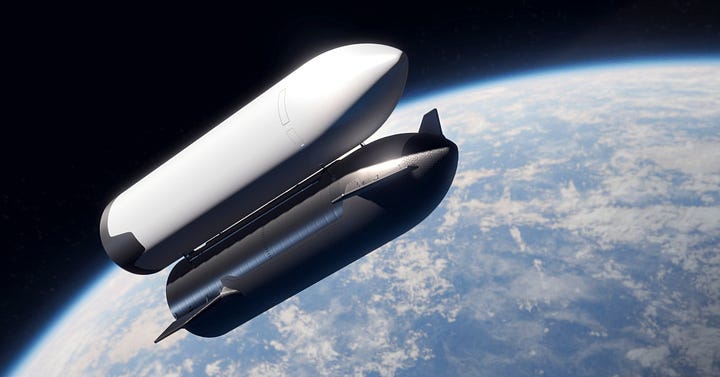
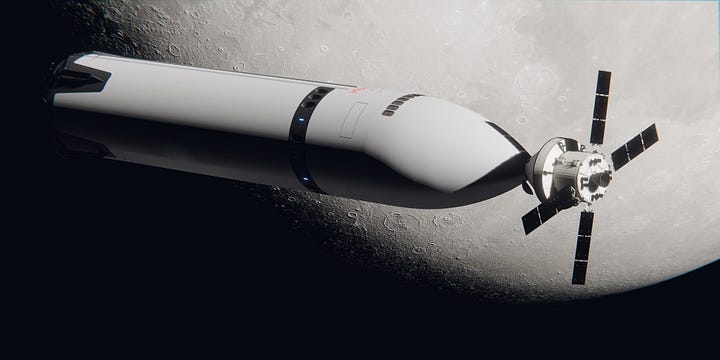
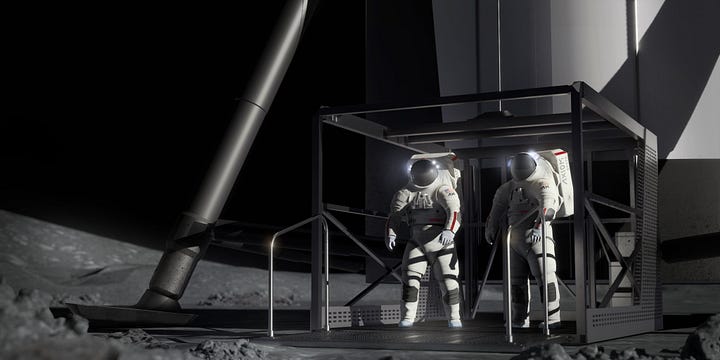
NASA and SpaceX has just released some notes and pictures about the version of Starship that will take Artemis astronauts to the Moon. The Lunar version will have no heat shield or flaps, and will have landing legs. That one picture of the Lunar Starship and Orion module docking…let’s just say there’s a difference in size. Makes one wonder why Starship isn’t just used for the entire mission. On that note, there is a rumor floating around that NASA’s Space Launch System—designed to take astronauts to Lunar orbit, could be cancelled entirely. Maybe a 50/50 chance at this point. Really, with a larger, cheaper, and way classier option (Starship), why wouldn’t you? (Elon Musk) (NASA Artemis) (Sawyer Merritt)
Nuclear news. There’s a lot of updates here, I’m going to start with fission, then move on to fusion. Which fits with my philosophy of fission now, fusion asap! The nuclear (fission) renaissance continues with the U.S. government releasing targets for the deployment of new nuclear. The plan is to hit 35 GW of new generation capacity by 2035, and 200 GW by 2050 (about 3x current levels in the States). This will entail “ramping the supply chain to 15 GW per year capacity by 2040”—an ambitious but manageable goal—if the unnecessary regulatory burden is reduced. NVIDIA is jumping on the nuclear train with a deal to built AI inside the (recently saved) Diablo Canyon Nuclear plant in California. Lastly, the Nuclear Regulatory Commission has “approved the construction of the first-ever molten-salt reactor that will power the grid in the US.” Kairos Power won the approval, and plans to build a IV Generation nuclear power plant that will generate 20 MW of electricity—small, but a big step in the right direction. (Adam Stein) (Mark Nelson) (Interesting Engineering)
On to fusion! Commonwealth Fusion Systems has validated their superconducting magnets in a new test where they generated a 5.7 tesla magnetic field, about 100,000x as strong as the Earths. The company plans to use these magnets in their ARC power plant and bring fusion power to the grid by the early 2030s. Two fusion companies just had successful raises, with Tokomak Energy raising $125 million, and Zap Energy raising $130 million. On the science side of things, a new paper suggests that aligning the quantum property of spin in fusion fuels could “burn tritium as much as 10 times more efficiently” in fusion fuels, leading to an easier economic hurdle to overcome for fusion energy. Quantum spin is different that what we normally think of (e.g., a spinning top). It’s more of a direction like up or down. When the deuterium and tritium fuel have quantum spins that align, “they are more likely to fuse,” so “more power can be produced from the same amount of fuel.” In other words, aligning the quantum spin on the fuels allows them to burn (fuse) more efficiently, leading to less unburnt fuel, and more economic operation. (Commonwealth Fusion Systems) (Tokamak Energy) (Fusion Energy Insights) (PPPL)
Space
Blue Origin just launched the 9th human spaceflight of their New Shapard program, taking six people (two of whom has previously flown with Blue Origin) to space. You can watch a full replay of the mission here. (@blueorigin)
As always, China is pressing onwards and outwards in space. Recently the Chengdu Aircraft Design and Research Institute (ultimately state owned) revealed the design of a “new reusable shuttle to take cargo to and from the country’s space station.” Similar to the retired American space shuttle, it will launch on the back of a rocket, and land back on Earth like an airplane. (Space.com)
Astronomers have discovered a cosmic compound lens comprised of two galaxies whose gravity has bent the light of a distant quasar and split it into six different images. It’s thought that this double lens will “enable accurate readings of the expansion rate of the universe, known as the Hubble constant.” (Science via Corey S. Powell)
A ‘homemade’ rocket built by students at the University of Southern California has set a new record for amateur rocketry by launching their Aftershock II rocket up 89.09 miles (143.38km), well into space. It was “the most powerful solid-propellant motor ever fired by students and the most powerful composite case motor made by amateurs.” I have to say, way cooler than anything I did while in university. (Space.com)
Canada is working to put their first ever rover on the Moon, where it will help in the search for sources of water—a vital resource for a sustained human presence on our nearest neighbor. Here’s the fun part: the Canadian Space Agency wants you all to vote on what to call it. Name options are Athabasca (named after a great Canadian river), Courage, Glacier, and Pol-R. Voting is open until December 20th. Technically just to Canadians, but I don’t think they’d mind too much if you aren’t. I picked Athabasca. (Canadian Space Agency)
Just over 100 years ago—on Sunday, November 23rd, 1924—the public found out that the Mily Way was not alone as the only galaxy in the universe. The New York Times published it on page 6, with the headline reading “Finds Spiral Nebulae are Stellar Systems: “Dr. Hubbell [they misspelled his name] Confirms View That They Are ‘Island Universes’ Similar to Our Own.” (Phys.org)
AI, Energy, Engineering, & Physics
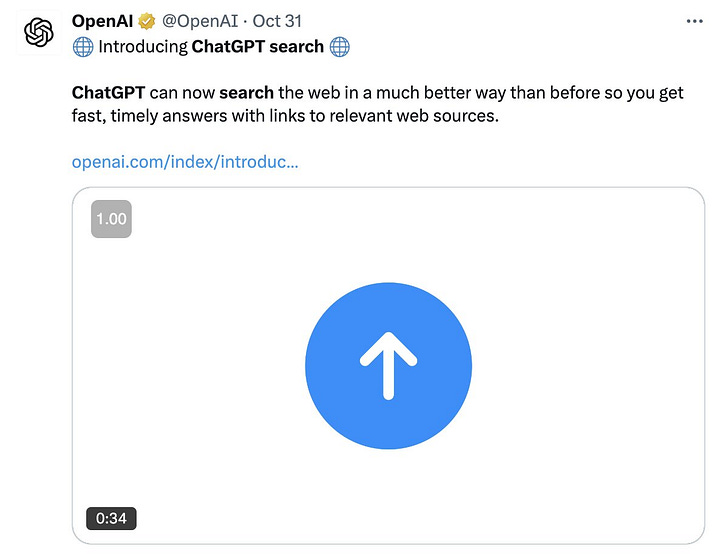

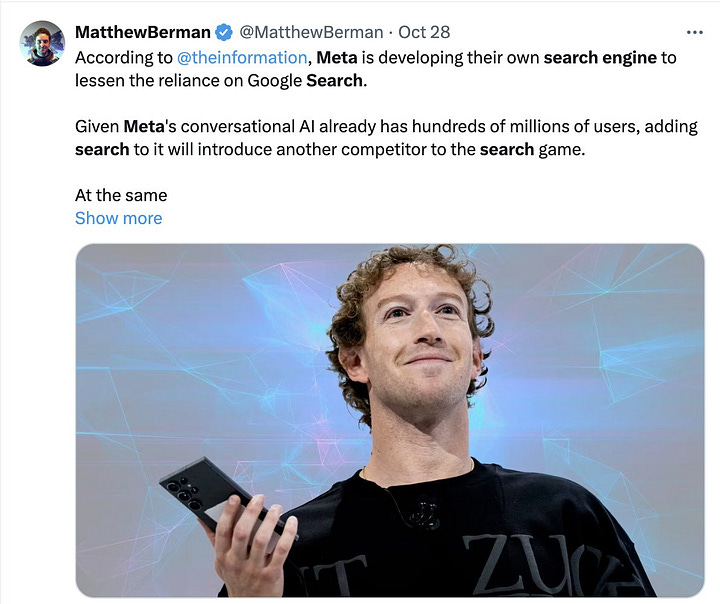
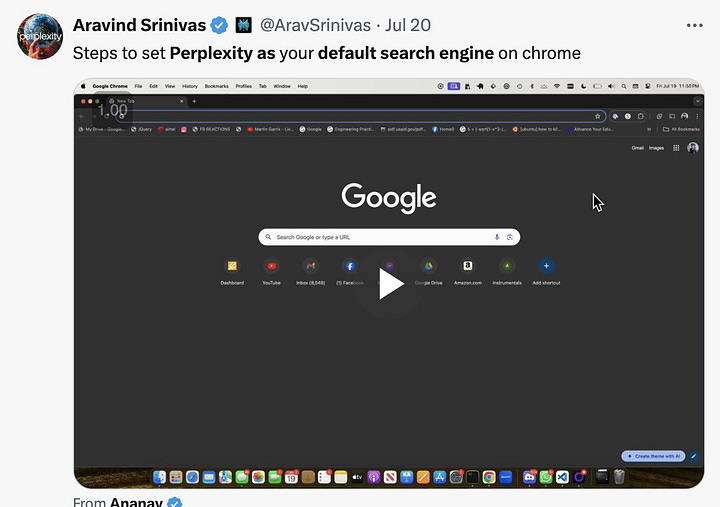
Google has some competition, with Grok (xAI), ChatGPT (OpenAI), and Perplexity (Perplexity AI) now offering Chrome extensions to use them as default search engines. Meta is also planning to jump on the train, “developing their own search engine to lessen the reliance on Google Search.” Not sure who will win the search engine fight, but it’s great to see the competition. Of course, all of these are likely to be used mostly on Google Chrome for the time being, so Google isn’t too badly off. I haven’t tried these yet (planning to though), so let me know if any of you do. (@IterIntellectus) (ExtremeTech)
Researchers have generated an image of a single photon based on “a new theory that explains how light and matter interact at the quantum level.” The paper explores the impact of its surroundings on a photon as it’s emitted by an atom or ion. Our calculations enabled us to convert a seemingly insolvable problem into something that can be computed. And, almost as a byproduct of the model, we were able to produce this image of a photon, something that hasn't been seen before in physics,” said first author Dr. Benjamin Yuen. The team was clear though that this particular shape is only accurate for a particular set of conditions, and that “the shape changes completely with the environment.” What I’m wondering is what those internal structures supposed to be? (Live Science) (Phys.org)
South Korean researchers are testing an adaptable wheel for wheelchairs to let them deal with uneven terrain or even stairs. The key is that they don’t contain any air, allowing them to deform as needed to deal with obstacles. It’s a great idea, and I can foresee applications for this far beyond wheelchairs. (Dr. Phil Metzger via DW Español)
How long before we achieve ASI (Artificial Superintelligence)? According to Dario Amodei, CEO of Anthropic—the company behind Claude, one of the most advanced AIs out there—we could have it by 2026-2027. He suggested that this could be a conservative estimate, and that it could arrive even sooner. Around the same time, Sam Atlman—CEO of OpenAI, the company building ChatGPT—suggested that ASI is still thousands of days away (so maybe a decade or two?). During the same interview though, Altman said that the road to AGI (Artificial General Intelligence, think JARVIS from Iron Man) is clear. “We actually know what to do,” and that it will be easier than he had originally thought. (Ben Averbook) (Garry Tan) (@tsarnick)
Polaris Spaceplanes has conducted a successful aerospike rocket test aboard their MIRA II vehicle. Back in edition #13, I told you about the planned flight—so now they’ve done it, making this the first ever aircraft to fly using aerospike power. As a quick review, here’s how it works:
“It fires its rocket exhausts down the sides of a central surface shaped to mimic one side of the interior wall of a bell-shaped nozzle, and the ambient airflow around the rocket acts as the remaining walls of the nozzle…the aerospike's virtual nozzle characteristics change constantly in response to aerodynamic flow. The rocket naturally tunes itself as speed and altitude changes. It'll never exceed the efficiency of a bell-shaped nozzle running right in its sweet spot, but its average efficiency from takeoff to orbit should be good enough to do the job, in a way that cuts down on moving parts.”
The company plans to eventually build a craft called Aurora that will be capable of normal takeoffs and landings, but is able to reach orbit. (New Atlas)
The aircraft wins keep coming with Dawn Aerospace announcing a testflight of their Mk_II Aurora aircraft broke the sound barrier in a test earlier in November. The plan is to eventually provide commercial supersonic flight, something that hasn’t been available since the Concorde retired back in 2003.
Nvidia plans to launch computers designed specifically for humanoid robots by next year, complementing their dominance of computer chips for datacenters and AI training. There are literally scores (maybe hundreds?) of humanoid robots being build by companies around the world, so they won’t be short on customers. (Shay Boloor)
Medicine
A wireless device that can wrap around individual neurons has been built by scientists at MIT. They could be used for measuring and modulating “a neuron’s electrical and metabolic activity at a subcellular level,” allowing treatment (or eventually perhaps curing) of neurological diseases. (SciTechDaily)
Though vital for a properly functioning immune system, it seems that Immunoglobulin G (IgG) may be a factor in aging. IgG “accumulates in multiple tissues and organs during aging in humans and mice…IgG was found to directly induce aging in human and mouse macrophages and microglia, releasing inflammatory factors.” They also found that reducing IgG levels in mice delayed aging of multiple organs. However, it’s more likely that this opens up new ways to tackle aging than going after IgG itself, which as I mentioned earlier is vital to a functional immune system. Maybe it’s just the high accumulations as we get older that could be targeted? (Phys.org via Dr Singularity)
Neuralink news: The company has just received approval by Health Canada to start a trial of Neuralink up in the Great White North. It also announced “the approval and launch of a new feasibility trial to extend BCI [Brain Computer Interface] control using the N1 Implant to an investigational assistive robotic arm.” To me, moving to give physical freedom back to those who have lost it is incredibly exciting. It’s only a matter of time before they help paraplegics walk again. (Neuralink 1) (Neuralink 2)
A robot at John Hopkins University was able to carry out surgery as skillfully as humans, just by watching videos of experienced surgeons. "It's really magical to have this model and all we do is feed it camera input and it can predict the robotic movements needed for surgery…We believe this marks a significant step forward toward a new frontier in medical robotics,” said the study author. In other AI-Doctor news, a small study “sound ChatGPT outdid human physicians when assessing medical case histories, even when those doctors were using the chatbot.” Keep in mind it was a small study, but it sounds like at the very least doctors will need to start working closely with AI, it’ll soon be malpractice not to. Can’t come soon enough in my opinion. (Science Daily) (New York Times via @IterIntellectus)
We all knew vitamin C is good for us, and there’s always been some evidence that it might help fight cancer. That theory has just been given more weight by a study that showed high doses of vitamin C doubled survival in late stage pancreatic cancer from 8 months to 16 months. It was combined with traditional chemotherapy, lending credence to a “silver buckshot” (because there is no silver bullet) approach to cancer treatment, which I tend to think is the way forward. (Science Daily)
Biotech & Agriculture
Sweeter tomatoes could be coming to a supermarket shelf near you, with a team in Shenzhen, China figuring out how to use CRISPR to increase tomato sugar content 30%. Beyond making tastier tomatoes, the study also helped to “identify other genetic trade-offs between size and nutrition, with the goal of rapidly engineering better crops.” (Singularity Hub)
The Earth BioGenome Project wants to build a genetic atlas of all complex life on Earth, and plans to sequence the genomes of more than a million (possibly several million) plants, animals, and fungi (eukaryotes). The project is pricy, expected to cost at least $4.7 billion, but is making progress with the genomes of 3,000 organisms already sequenced, and another 10,000 more expected to be complete by 2026. Knowledge is power, and something like this is worthwhile simply for its own sake, regardless of any future applications that might spring from it. So I hope it gets completed, it would be great to have a genetic library of all complex life on the planet. (Singularity Hub)
Weird & Wonderful
A better error correcting system to stabilize qubits—the equivalent of bits in quantum computers—has been built by a group in Australia, which they say could open the door to practical “quantum hard drives” able to store massive amounts of data. (Live Science)
Palm oil plantations are really quite bad for the environment, destroying biodiversity in one of the ecologically rich rainforest regions of the planet. But, it’s also not fair to tell developing countries that they should remain poor, so good solutions are needed. One might be ‘tree islands’ of tropical forest within the large palm plantations, which in an experiment involving 52 of the islands, allowed “a diverse range of native species [to] successfully colonize the tree islands.” (Science Daily)
At the moment it’s just a Kickstarter campaign, but this looked so cool I had to share it (I’m probably going to get it myself at some point). It’s a lens you can stick onto your smartphone that gives up to 1,200x magnification power, has a polarized light filter, and claims to have resolution power below 1 micron. It’s a lens that turns your smartphone into a pretty powerful microscope. If it actually preforms as advertised at these specs, it’s going to be a pretty neat tool—and also just plain old fun. (New Atlas)
Photos & Videos
It’s been a year since Erik Wernquiest released his short film, ‘One Revolution Per Minute.’ It’s spectacular, I’d highly recommend watching it if you haven’t, or rewatching it if you have. Probably one of my absolute favorite short sci fi videos. (Erik Wernquist)
I’m sharing this video of a fireball from back on November 13th because I actually saw it myself as I was driving to work that morning. I didn’t see the meteor itself unfortunately, but the southern sky between the clouds and horizon lit up with a greenish-white light. I figured it was either a meteor or possibly an alien invasion, but thankfully it turned out to just be a meteor. (Space.com)
A movie from the Chandra X-ray Observatory shows a 10 trillion mile (1.7 light year) jet of matter and antimatter being spewed from a pulsar over the course of two decades. They’ve described it as a “flame-throwing guitar” (it is in the guitar nebula). Are astronomers actually starting to pick cool names for things??!? (Chandra X-ray Observatory via Corey S. Powell)
For the first time ever, a star from outside our galaxy—it’s in the Large Magellanic Cloud—has been imaged in detail. No, this isn’t the first star beyond our galaxy ever imaged, but it is the first to show up as more than a featureless point of light. The star in question is huge (a red supergiant named WHO G64) around 2,000x bigger than our Sun. (ESO)
A new method allows single cell imaging of RNA across the whole brain via measuring the location of mRNA molecules. It’s rather beautiful actually. (Science via Samuel Hume)
A volcano in Iceland is erupting, and I have to say I never get tired of watching that lava flow.
Recommendations & Reviews
There’s a lot of negativity around colonizing Mars these days, to counter that, I thought I’d give you a message Carl Sagan left back in 1996, directed to future astronauts who will one day walk on the Red Planet. A copy of the audio is actually on Mars, attached to the Phoenix Lander. (The Planetary Society)
That’s all for today, but Techno-Optimist will be back two weeks from now, on December 14th. That edition will be the last before Christmas, I’ll be taking a short break so there will be no newsletter on December 28th. But I’ll be back on January 4th, then every two weeks as usual after that.
Thank you all for reading—and until next time, keep your eyes on the horizon.
-Owen




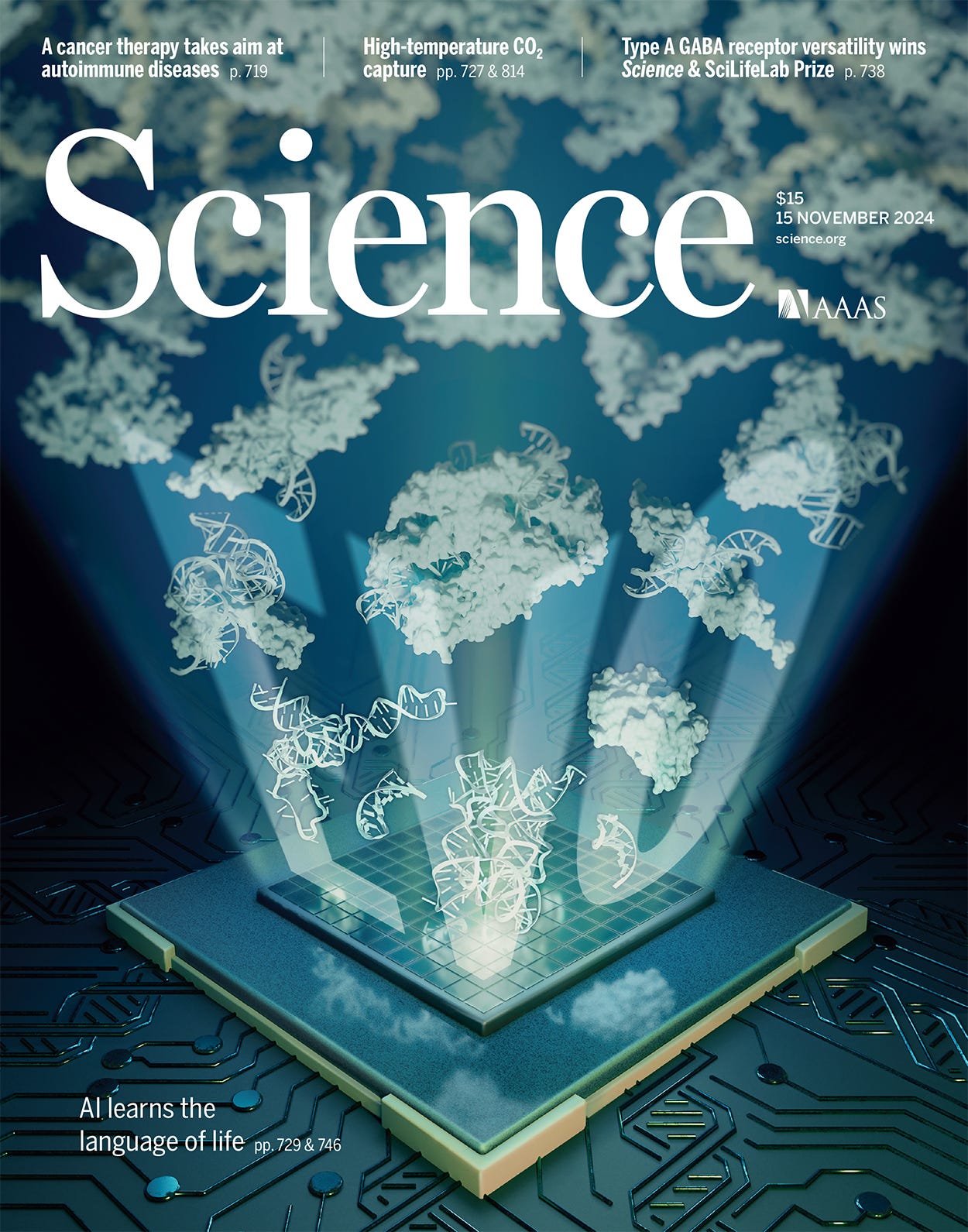
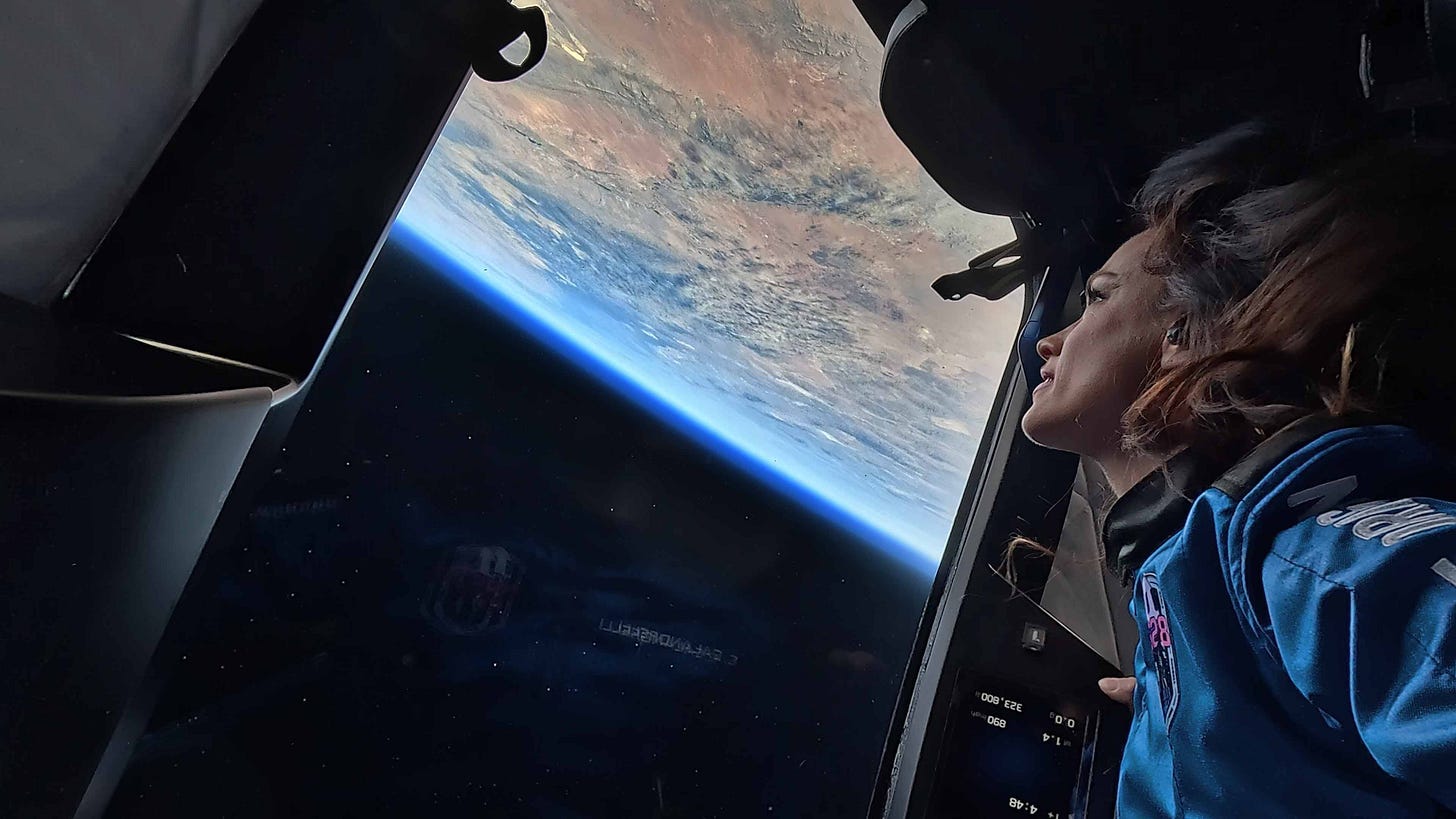
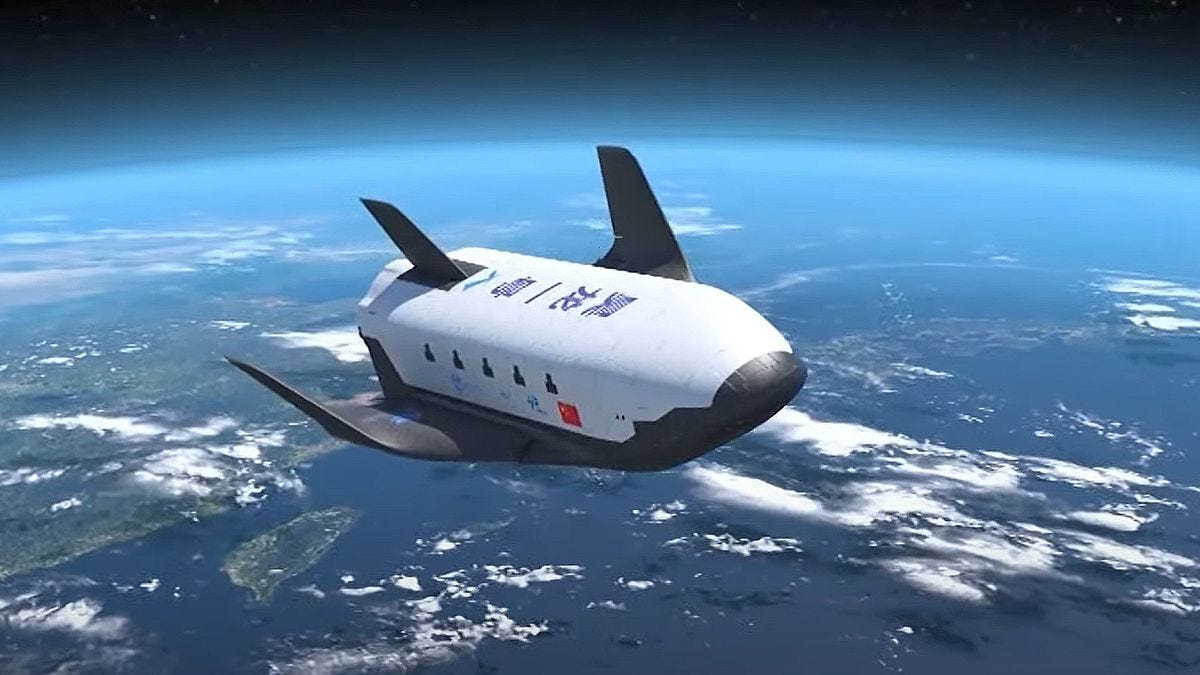
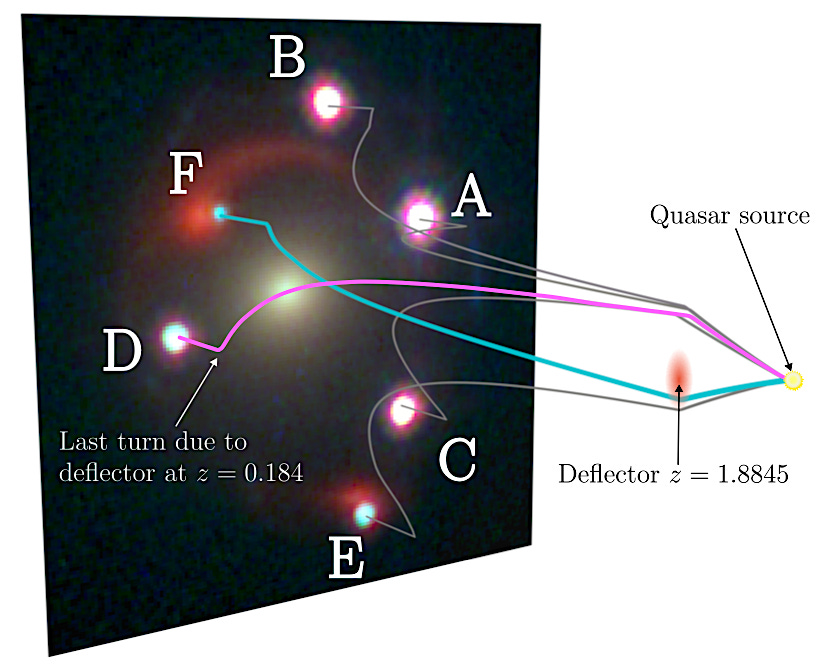
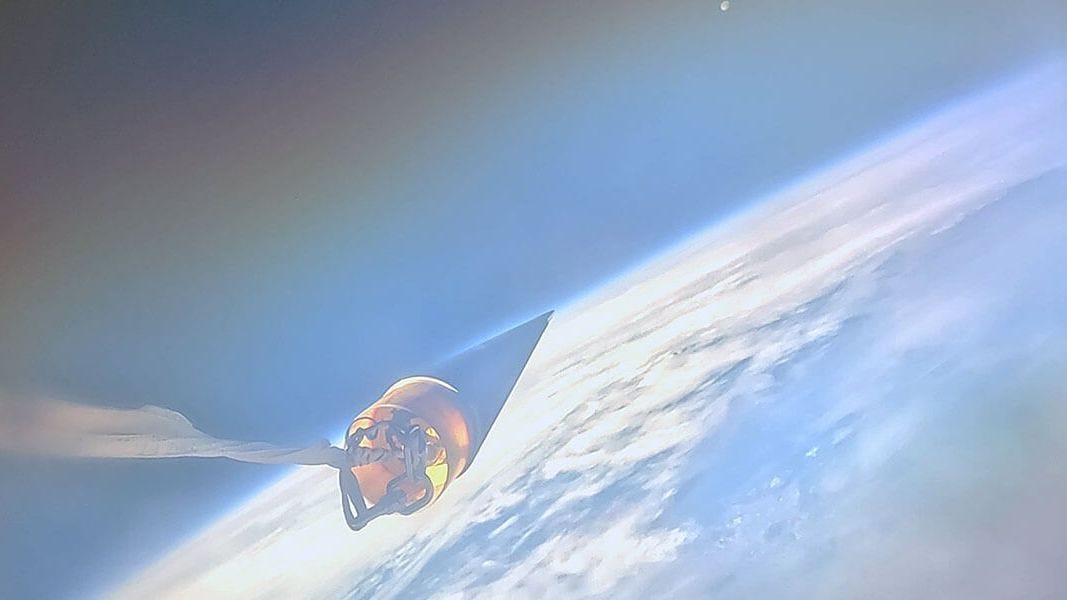
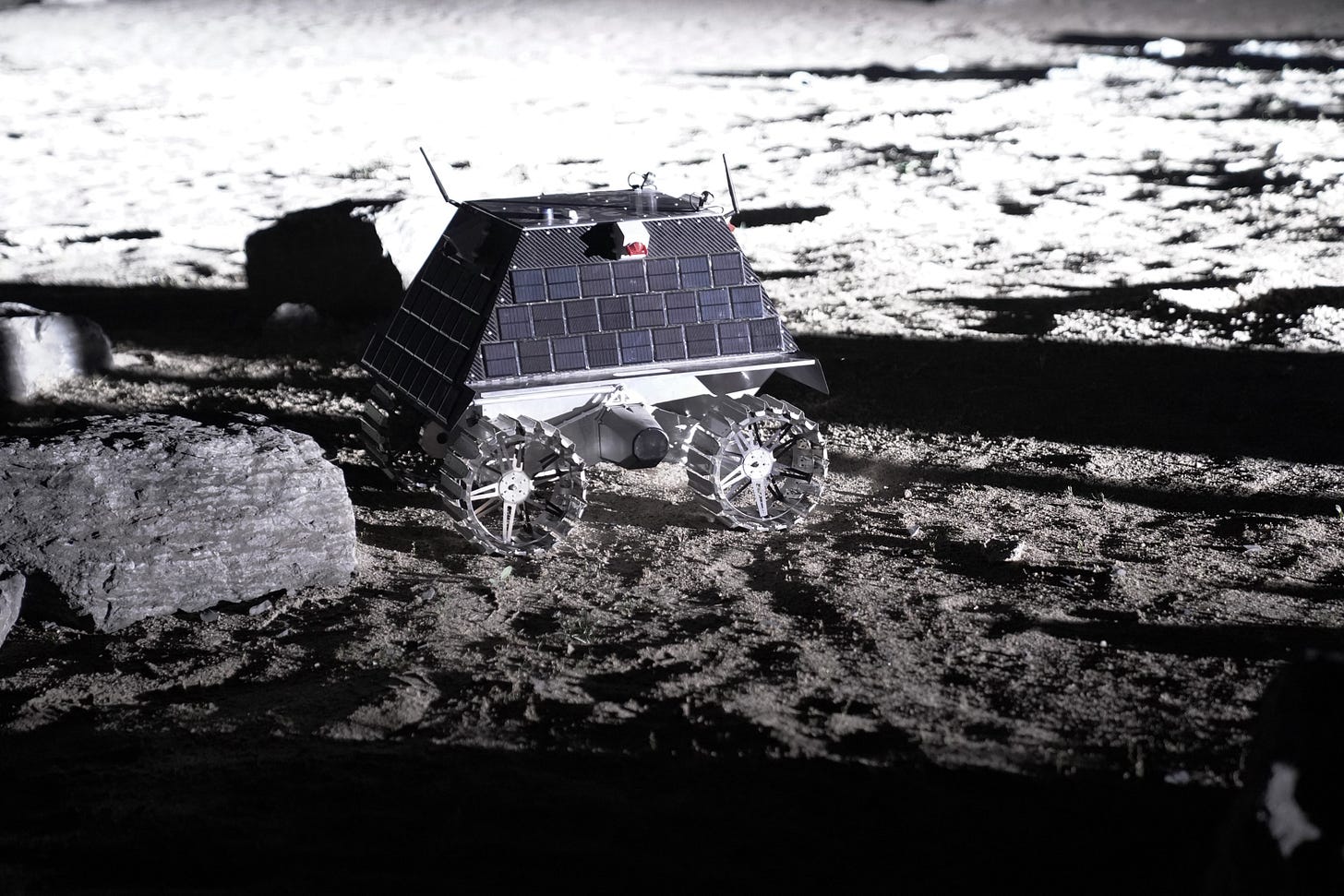


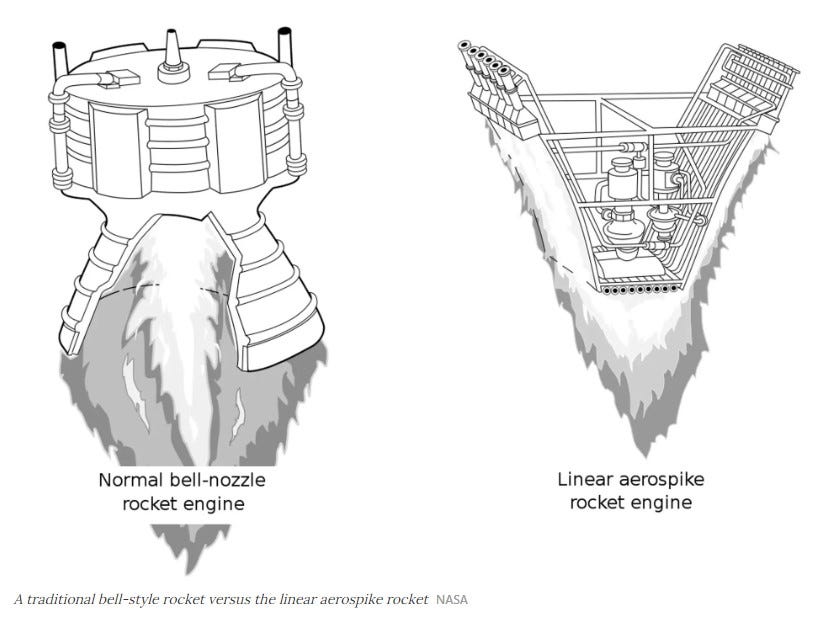

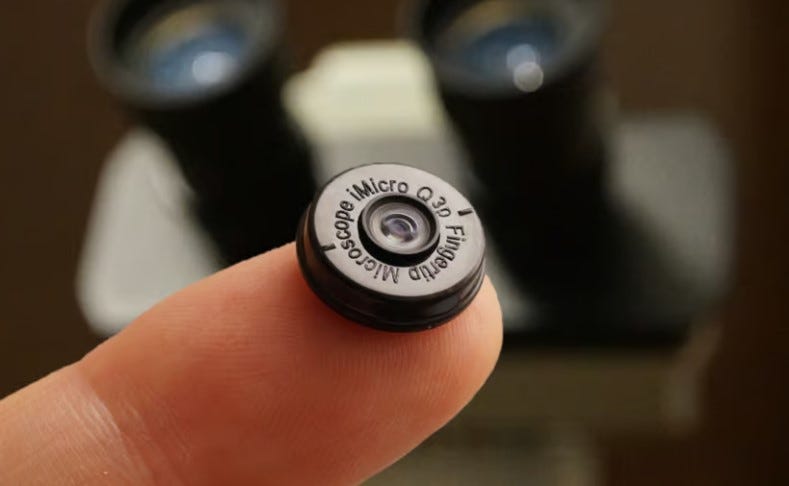

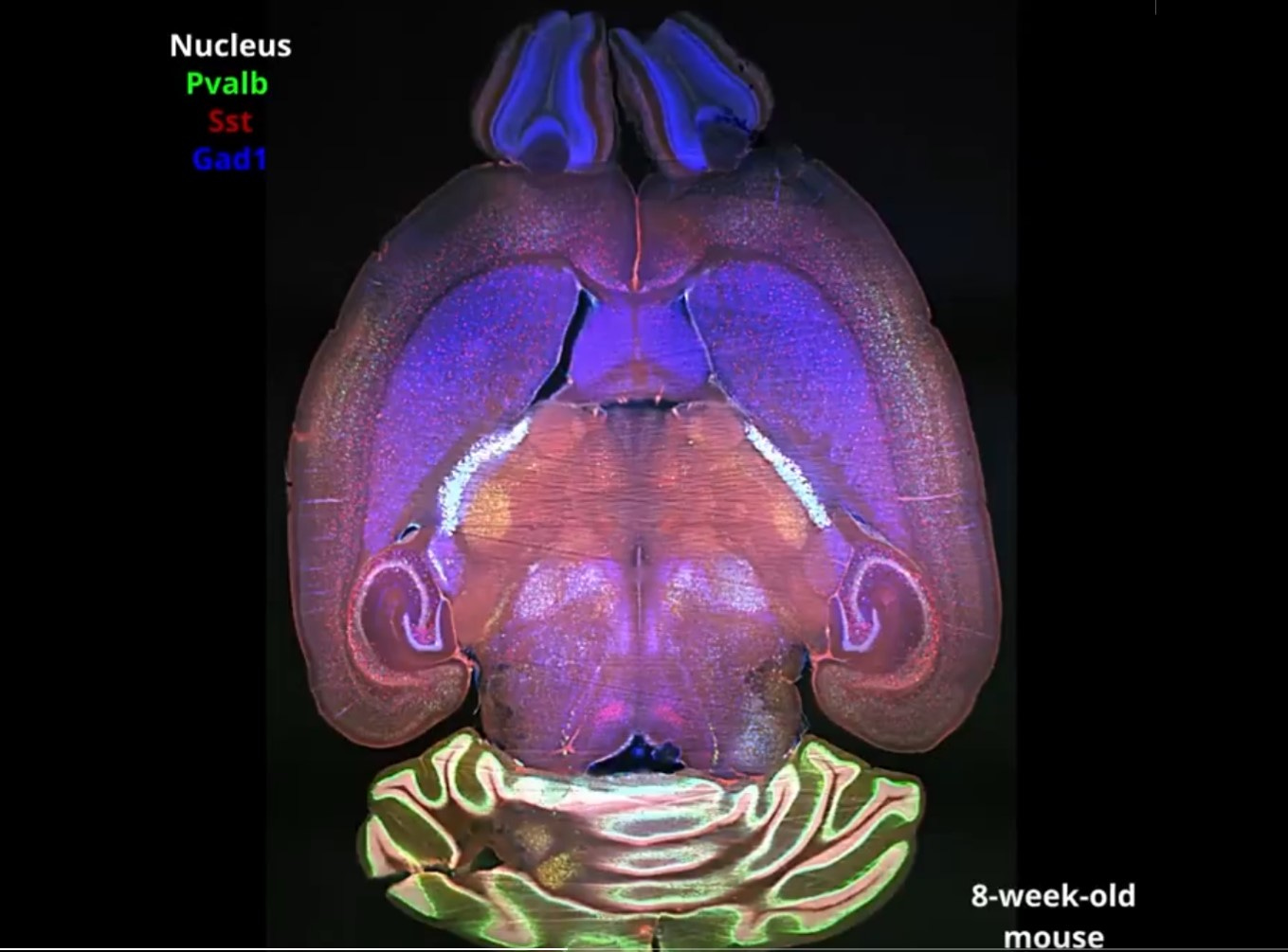
Very cool, as always. Today, my fave was the picture of a photon. I thought I'd check out the paper, but was quickly dissuaded by the unintelligible abstract. Will stick to the popular science articles until my physics degree arrives in the next cereal box:
"We present a comprehensive second quantization scheme for radiative photonic devices. We canonically quantize the continuum of photonic eigenmodes by transforming them into a discrete set of pseudomodes that provide a complete and exact description of quantum emitters interacting with electromagnetic environments. This method avoids all reservoir approximations and offers new insights into quantum correlations, accurately capturing all non-Markovian dynamics. This method overcomes challenges in quantizing non-Hermitian systems and is applicable to diverse nanophotonic geometries."
I think the Starship launch damaged an antenna on the tower and they lost communication. Out of an abundance of caution, they aborted landing at the tower.
Great outcome actually. 1) It’s easily fixed and prevented in the future. 2) The “abort mechanism” was tested and worked perfectly.
Now let’s land a skyscraper on the Moon!